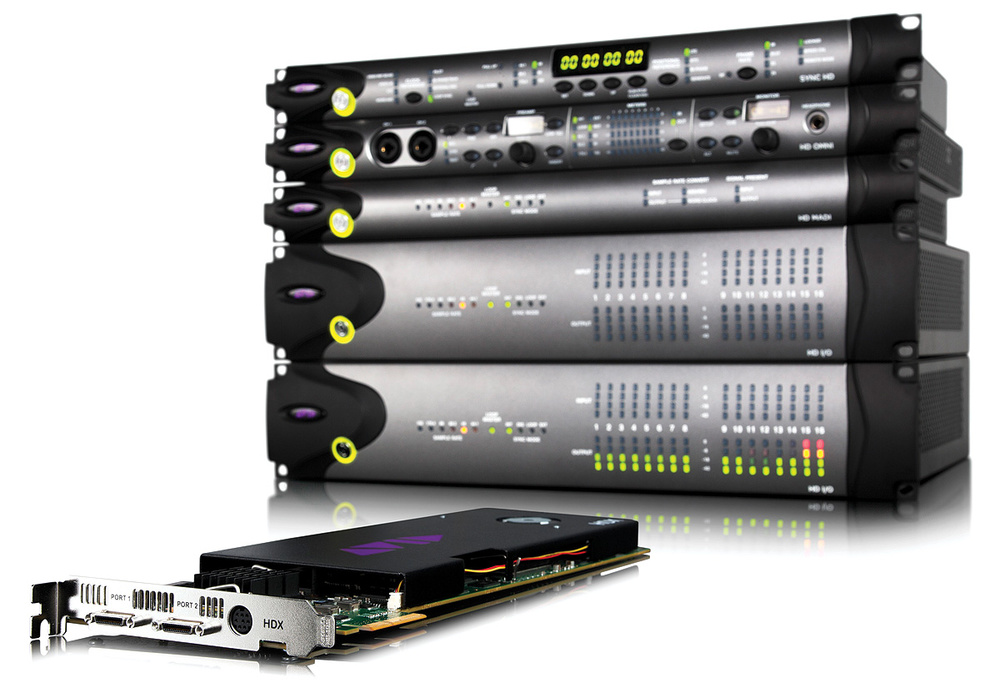

- #PRO TOOLS HDX CARD DIMENSIONS PRO#
- #PRO TOOLS HDX CARD DIMENSIONS SOFTWARE#
- #PRO TOOLS HDX CARD DIMENSIONS WINDOWS#
This includes the first year of a subscription package, which covers all Pro Tools updates and access to Avid’s Complete Plug‑in Bundle. One is a licence for the Pro Tools software. Pro Tools | Carbon is a computer recording system with two main elements. But Carbon takes the hybrid concept much, much further than any previous implementation. It isn’t even Avid’s first hybrid system, as both HD Native and the old Digi 003 included direct monitoring switched from the Pro Tools software. So, Pro Tools | Carbon isn’t the first hybrid system. On Windows, quite a few programs and interfaces now support Steinberg’s ASIO Direct Monitoring protocol. On the Mac, PreSonus’ Studio One can do this with PreSonus interfaces and Apple’s Logic with Apogee products, while Universal Audio’s LUNA is designed to work this way with their Apollo interfaces.
#PRO TOOLS HDX CARD DIMENSIONS SOFTWARE#
The recording software is granted behind‑the‑scenes control over the audio interface, and this allows it to access low‑latency monitor paths that look and behave like part of the software mixer, even though they are actually implemented in DSP.

#PRO TOOLS HDX CARD DIMENSIONS WINDOWS#
Continually tabbing back and forth between two separate mixer windows is a pain in the neck, and the monitor balance and signal conditioning you apply in the DSP mixer won’t be heard on playback.Ī hybrid system combines aspects of both approaches. Because this mixer isn’t part of the recording software, however, its benefit comes at a cost. This implements a mixer that allows inputs to be auditioned with minimal latency, independently of what’s going on in the DAW. You might be able to do your initial tracking at a low buffer size with inaudible delay but what happens when you decide to add that last‑minute percussion overdub to an already busy mix?įor this reason, almost all audio interfaces incorporate DSP, or a functional equivalent. But in a native system, issues of latency are never far away. Doing so has obvious workflow advantages, and lets us hear those signals through plug‑ins. In an ideal world, we’d audition input signals and set up cue mixes in the same software we use for recording. To understand what that means, we need to consider the role that digital signal processing plays in audio interfaces. Instead, Avid describe Pro Tools | Carbon as a ‘hybrid’ system. It’s neither a PCIe system, nor a Thunderbolt or USB device and, although it has DSP that can run plug‑ins, it’s emphatically not a cut‑down HDX rig. What’s even bigger news, though, is that Carbon is far from being a conventional audio interface. Pro Tools | Carbon is thus big news because it marks Avid’s return to the project‑studio interface market. Seemingly, they’ve been content to offer native Pro Tools as a software‑only package, with users taking their pick from the wide range of third‑party USB, Thunderbolt or PCIe hardware available. The native version can work with any audio interface that has ASIO or Core Audio drivers, but this is a market sector that Avid themselves haven’t occupied for many years. This guarantees low latency and consistent performance levels, as well as massive I/O counts where these are needed. Larger configurations require Pro Tools HDX cards, which have hardware DSP to handle audio mixing, processing and routing.

Home‑ and project‑studio owners typically use the software‑only version, in which all processing takes place on the host computer. Avid’s innovative ‘hybrid’ audio interface promises to banish latency for good.įrom the humblest bedroom studio to the grandest scoring stage, you’ll find Pro Tools everywhere.


 0 kommentar(er)
0 kommentar(er)
